Woof!
Cute picture right! This was taken a few years back when this hoop house was almost all the gardening space I had. It was Mothers day and we had been out all day. A quick Trader Joes pre-packaged dinner was in order. We started to set up a little table and chairs, and food in the hoop house. We went indoors for the rest of what we needed and came out to find this. Whiski decided it was a good spot for him to enjoy dinner! Surprisingly he did not get into the food that was on the table, but that was probably because we were back out before he could. What does this have to do with gardening you ask? My dogs are always in the garden when I am out there and I am guessing yours are too.
It is on Rebecca’s Nelson’s suggestion that I write this post to consider the plants that are safe and beneficial for our dogs. For many of us, there’s a dog or two, or even more that keep us company as we tend our gardens. It may be time to think about what plants would be good for them. Dogs are natural explorers and having plants that are safe and enjoyable for them in the garden space means peace of mind for you and more fun stimulation for them.
Over the years I have noticed that my dogs always nibbled on young corn plants and even lemongrass. When I first noticed this, I started planting a small pot of pet grass for them to enjoy. However, they eat much more from the garden than just a few blades of grass. There are many veggies, herbs, and even some fruits that are beneficial to our best friends. When considering any suggestions, always be mindful of allergies your pet may have.
Grass For Dogs
Dogs have always instinctively nibbled at grasses. Grass contains essential minerals and nutrients that are beneficial, improves digestion, and in some cases soothes an upset stomach. Additionally, it is possible that they simply enjoy the taste of it! Regular summer and winter lawns are fine for nibbling, but make sure they are not treated with chemical herbicides and pesticides. Grass also provide a cushy spot for a little dog nap. Plant the following to keep your dog well supplied with a bit of grassiness.
Corn: Good for aiding digestion, rich in minerals.
Oat straw: Very nutritious and helps with dry skin conditions and coats.
Barley: Strengthens the immune system, aids digestion, and improves skin and coat.
Wheatgrass: Rich in iron, calcium, magnesium ,and many more nutrients. It is also a source of protein.
Millet: Another good source of minerals and some iron. All grasses are rich in chlorophyll which improves overall wellbeing and oxygenates and builds blood.
A few taller ornamental grasses would also be fun for your best friend to play games of hide and seek. Do not use foxtail grass as it is very harmful to animals.
Note: Some dogs are allergic to grasses. It would be best to keep grass out of the garden for these dogs.
Make Your Own Pet Grass Blend
Make your own highly nutritious pet grass blend by combining wheatgrass, barley, millet, and oat straw seeds in any ratio. Do not use pearled barley from the grocery store, it will not germinate. It is easy to do this even if you live in an apartment and only have a small patio. If the pet grass grows much faster than your dog is enjoying it, snip off the extras, and use as green manure on your other plants. They will keep growing back and planting can be refreshed 2-3 times a year.
Herbs For Dogs
Herbs are beneficial in the diet, for grooming purposes, and to help when dogs are not feeling too well.
Thyme: Use in food to help with digestion and as a breath freshener. Patches of thyme will also help to repel bugs.
Oregano: Rich in antioxidants and helps with digestion, gas, and diarrhea.
Rosemary: High in calcium, iron, and vitamin B6. Use to flavor meals. Rosemary is also excellent as a tea added to the rinse water on bath day. It soothes skin and keeps away bugs.
Peppermint: Peppermint is helpful for upset tummies, and even travel sickness. Too much peppermint can affect the kidneys, use in small doses.
Basil: Besides being yummy, basil also has antioxidant, antiviral, and antimicrobial properties. Add chopped basil to your dog’s food as often as possible. Don’t forget holy basil which is and adaptogenic and supports overall wellbeing and helps the body to better cope with stress factors.
Parsley: An excellent addition to your dog’s meal. It is known for its breath freshening properties but it is also rich in antioxidants, lycopene, and carotenes.
Plantain: This is an excellent herb to have in the garden for both dogs and humans. Plantain herb(Plantago major) should not be confused with plantain banana. Plantain is used when there is a bit of trouble. It has “drawing” properties, drawing out toxins from the body. It can be used as a tea added to the drinking water, as an oil both topically and internally, and even ripped into thin strips and fed to a dog. If a dog gets into something concerning this is one of the best herbs to have on hand. Together with calendula, it is also excellent to calm and treat scorpion stings by using externally and internally.
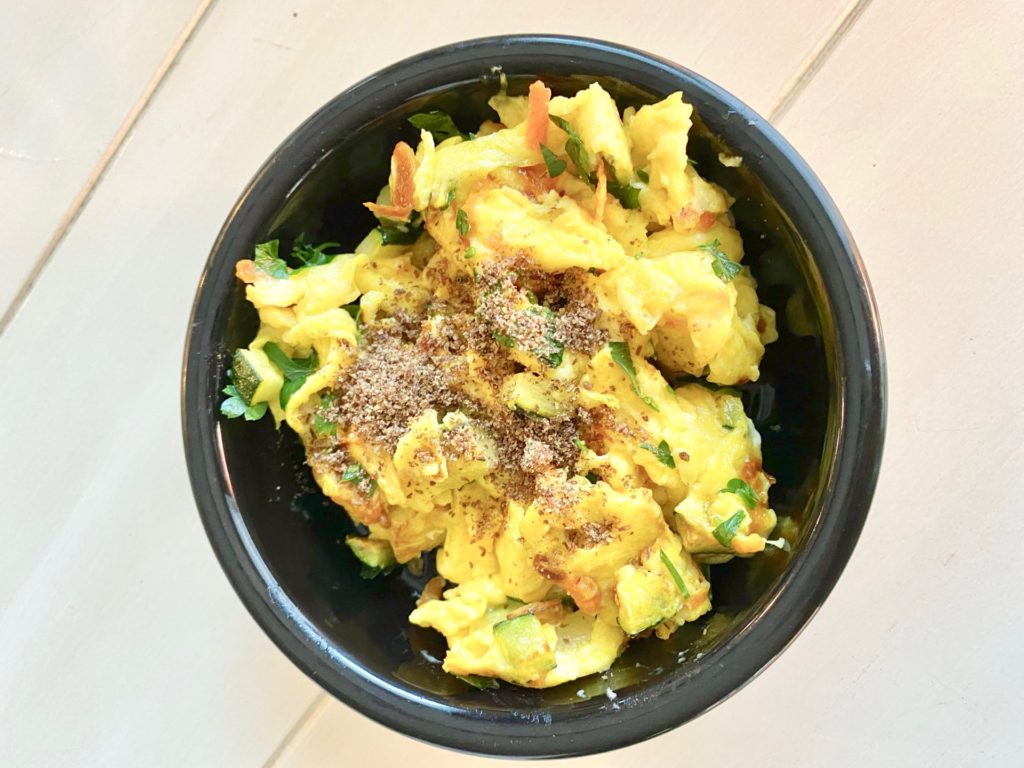
Vegetables For Dogs
Most dogs will develop a fondness for a large variety of vegetables. They can be offered as treats or added to meals. Here are some of the easiest ones to add to your dog’s diet.
Carrots: There is seldom a dog who will turn down carrots. They love the crunch and sweetness. Older dogs will appreciate softer cooked carrots. (my sweet Noel knew where the carrots were planted and would stand next to some when she wanted a fresh-picked carrot). Not all dogs will be as polite, be prepared for some to help themself to the goodies once they have discovered where it has been planted.
Radishes: Some may enjoy these, others may not. Radishes are not harmful to dogs and once again it is the crunch they really enjoy. Radishes are part of the brassica family and should be given in moderation.
Celery: Great as a breath freshener but few dogs will really take celery if offered. It is better used added to their food.
Beets: Be prepared for some messiness if feeding red beets. This is one best-fed outside(or you may find it being enjoyed on the white sofa)! Steamed beets are a great addition to dog food or as a treat.
Cucumbers: This makes a cooling treat during the summer months. It is also what I use to cajole Whiski to come indoors when he is out barking at nothing in particular.
Spinach: Small amounts of cooked spinach can be added to your dog’s food. There are many beneficial nutrients in spinach, but it is good to be aware of the oxalates especially if a dog has kidney issues.
Peas: This has to be one of my dogs’ most favorite treats after carrots. Who does not love crunching on fresh sweet shelled peas? Winter evening walks in the garden, means a lot of snacking on these delicious morsels. No one is ever disappointed!
Squash: Summer squash, winter squash, and pumpkins can be fed to canines. In fact, keeping pumpkin/ winter squash puree on hand is beneficial if your dog ever has diarrhea issues.
Sweet potato: Some cooked sweet potato makes food more interesting and most dogs will enjoy the sweet taste. This is also very easy for older dogs to eat.
I tend to keep the brassicas away for the most part, but do give my dogs a small amount of cauliflower. The brassicas tend to cause gas in pets that will quickly clear a room.
Note: Do not feed okra, eggplant, peppers, lima beans, onions, garlic, or any members of the allium family.
Flowers For Dogs
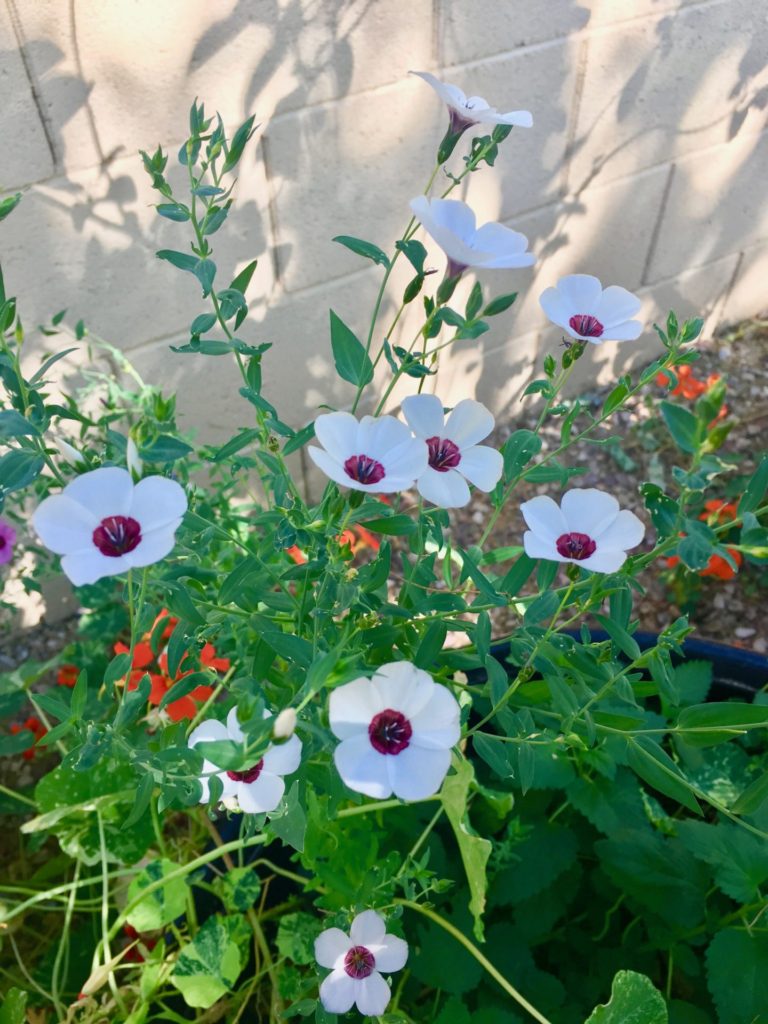
Of course, you should plant flowers for the dogs! With their powerful sense of smell, they are likely to appreciate it even more than we do.
Chamomile: Imagine your sweet pup sprawled out in a patch of chamomile taking in the spring sunshine! This is an excellent flower/herb for canines. The scent is soothing for dogs, and in addition, a bit of tea can be used to calm down anxious or excitable dogs, and even soothe tummies.
Flax: While the flax flowers are beautiful and invite many beneficial bugs to the garden, grow this one for its seeds which make for shiny healthy coats.
Lavender: Lavender essential oil is too strong for dogs, but a bush of lavender is great. Gently rubbing some lavender flowers on their coat will help calm dogs and is a light flea and tick repellent.
Zinnias: There are often pictures on the internet of dogs and zinnias. These colorful flowers are very safe to have around dogs, while providing color during the hot summer months.
Sweet potato vine: If you have a large area to cover and want something that is hardy enough for a rambunctious dog, sweet potato vine is an excellent choice. It is edible and safe for canines.
Snapdragons: This easy fall sown ornamental is safe to have around your pet while beautifying your space.
Calendula: Calendula is workaholic ! It is excellent to soothe skin issues such as rashes, hot spots, and dryness. Often it is used in salves to soothe paws. Calendula is also excellent to work with for gentle lymphatic support/drainage should a dog be experiencing issues related to that. Combined with plantain, it is great to have on hand as an infused oil as part of the first aid kit for your dog.
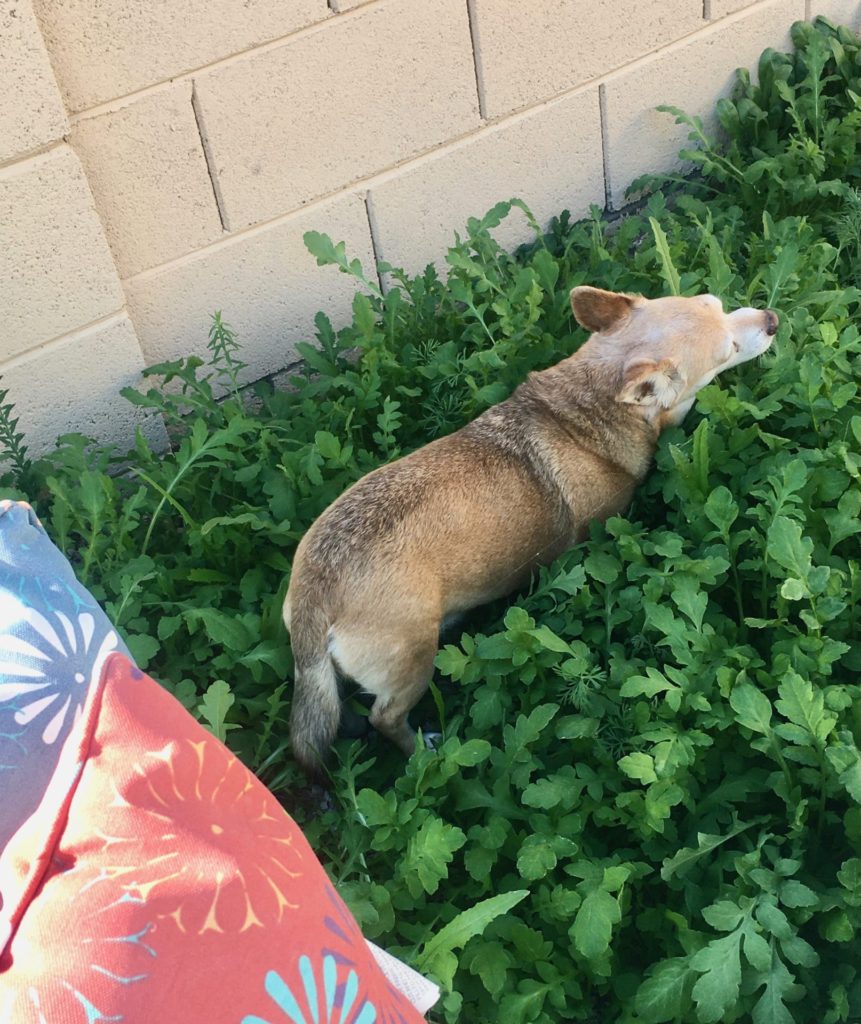
Fruit For Dogs
Many dogs will also enjoy a variety of fruit. It is best not to give dogs too much tropical fruit due to the high sugar content. Also, too much of some fruit may cause intestinal discomfort.
Apples: This is another favorite and one people often feed to dogs. Be careful not to give dogs the seeds as they do contain trace amounts of cyanide.
Strawberries: Packed with nutrients and antioxidants, berries are excellent for dogs.
Blueberries: Another antioxidant-rich berry that benefits your dog’s health. This is another one best eaten outside and not on the light-colored carpet! (Yes that has happened as well).
Blackberries: Just like the berries above, offering your friend some blackberries will give them a little antioxidant and vitamin boost. Also best served outside away from light-colored carpet.
Melons and watermelon: Just like us, dogs also enjoy some sweet juicy watermelon or, melon on a hot day. In fact, because of their strong sense of smell, don’t be surprised if they get into your melons and watermelons just as they are getting ripe. You may want to protect these crops if your dogs will help themselves to the melon patch.
Note: Do nor feed citrus, pineapple, grapes, and avocado.
Finally here are some of the easiest recipes you could whip up to treat and pamper your beloved friend.
Dog Food and Treat Recipes
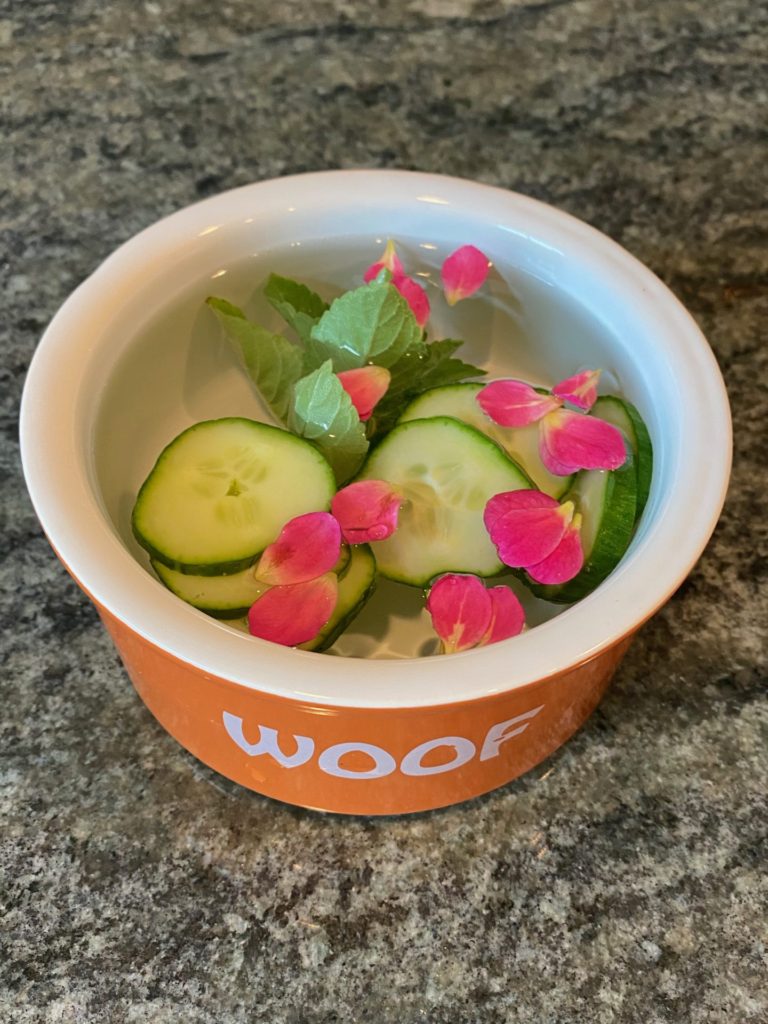
Summer Watermelon Basil Pops
Add a piece of watermelon to a blender with a few leaves of basil and a couple of tablespoons of organic yogurt(optional). Blend together. Add a few slices of strawberries or a few blueberries then pour in ice cube trays or ice pop molds and freeze until set. Serve as often as your best friend would like them!
Spring Scrambled Eggs and Vegetables
Use 1 egg for a small dog, but adjust amount of eggs according to the size of the dog. Lightly saute some zucchini slices, grated /sliced carrot, mushrooms, and celery. Add in ½-1 tsp chopped parsley and the beaten egg. Cook for just a few seconds so that the eggs are still very soft. Sprinkle with ½ tsp of ground flax seeds. More for larger dogs. Cool and serve, adding it to your dog’s regular food or as a substitute.
Winter Dinner
Chop up a small sweet potato or some squash, a carrot, ½ stalk of celery, or some celery leaves. Add in a hand full of spinach leaves, and steam lightly for about 10 minutes. Add in some fresh peas five minutes into cooking. Sprinkle with ¼ tsp chopped fresh herbs such as parsley, a small bit of sage or oregano. Cool and serve with ground meat or diced chicken or add to commercial dog food.
Infused Spa Water
Add a few cucumber slices and a large sprig of parsley and a calendula flowers or two to your pets water bowl.
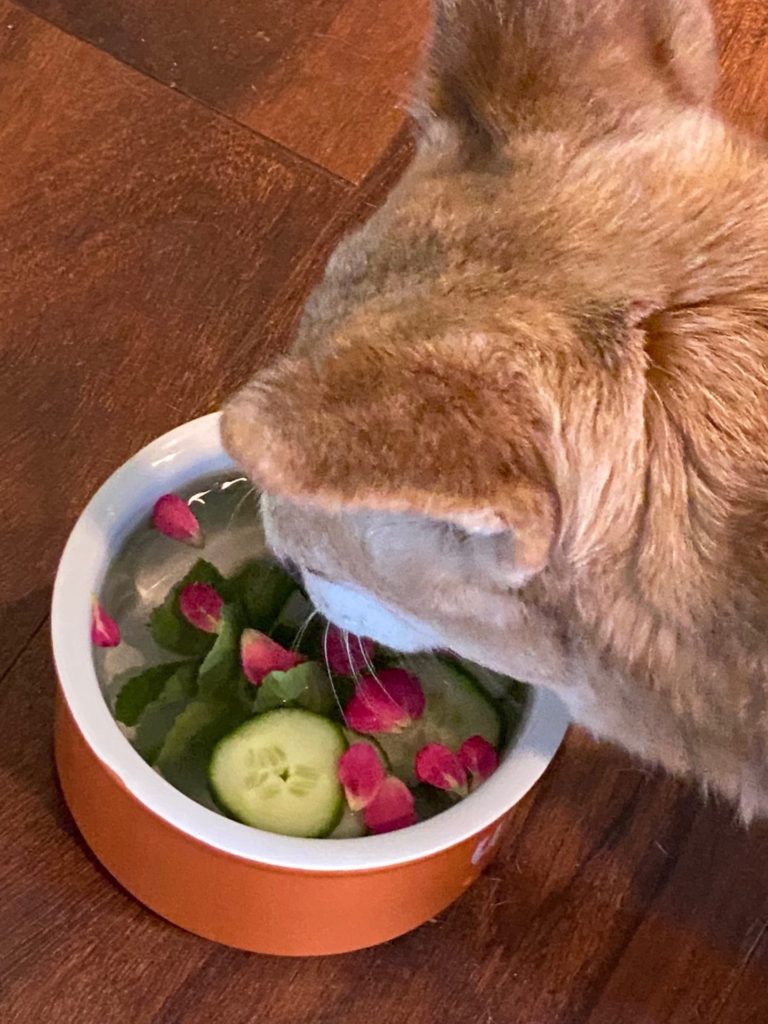
Grooming and General Care Recipes
Soothing Bath Tea
Loosely fill a quart jar with a large sprig of rosemary as well as calendula blossoms and leaves. Pour boiling water over to fill the jar and leave to infuse for 4 hours or overnight. Add the final rinse water when bathing your dog.
Dry Dog shampoo
Freshen up your pet in between baths with this dry shampoo recipe from the Herbal Academy. Grind 1 tablespoon of lavender flowers with a pestle and mortar or coffee grinder. Mix with a ¼ tsp of neem powder and ¼ cup of arrowroot powder. Mix well. Apply a small amount as needed. It is best to apply outdoors and comb through the fur. Keep away from your dog’s face, ears, and eyes. Store in a tightly sealed jar.
Herbal Sleeping Pouch
Combine 1 tablespoon each of chamomile, aniseed(Pimpenella anisum), fennel in a pouch. Add to your dog’s bedding. The fennel repels ticks, the chamomile has a restful effect, and dogs love the smell of anise.
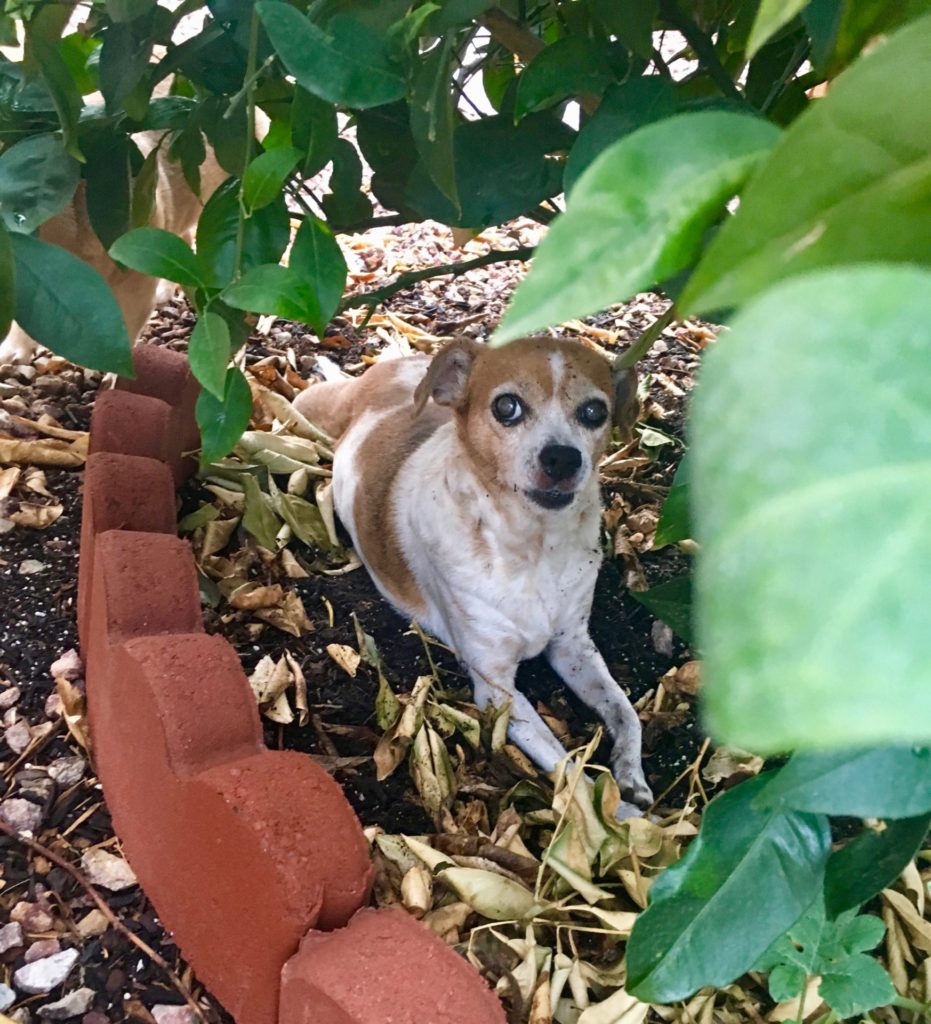
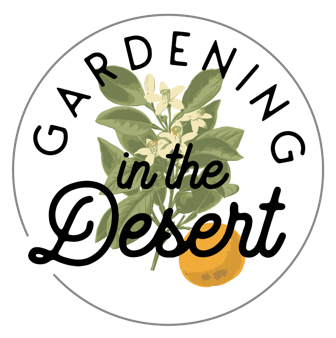
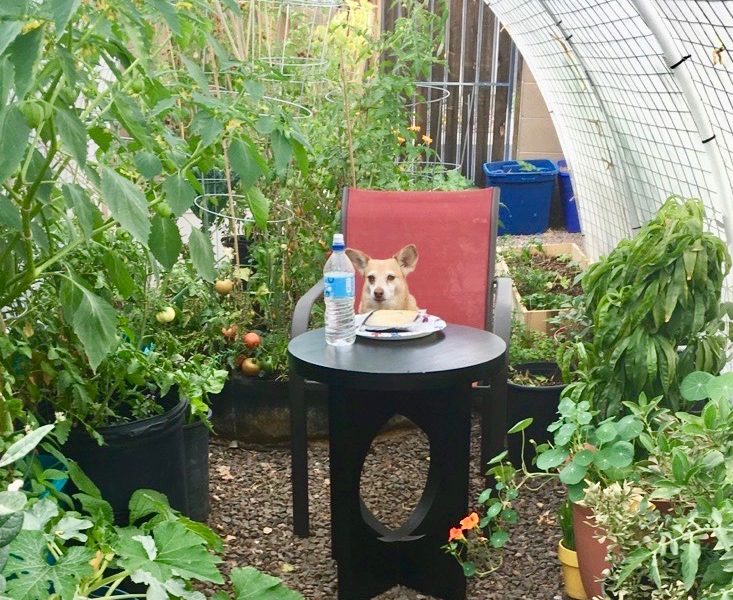
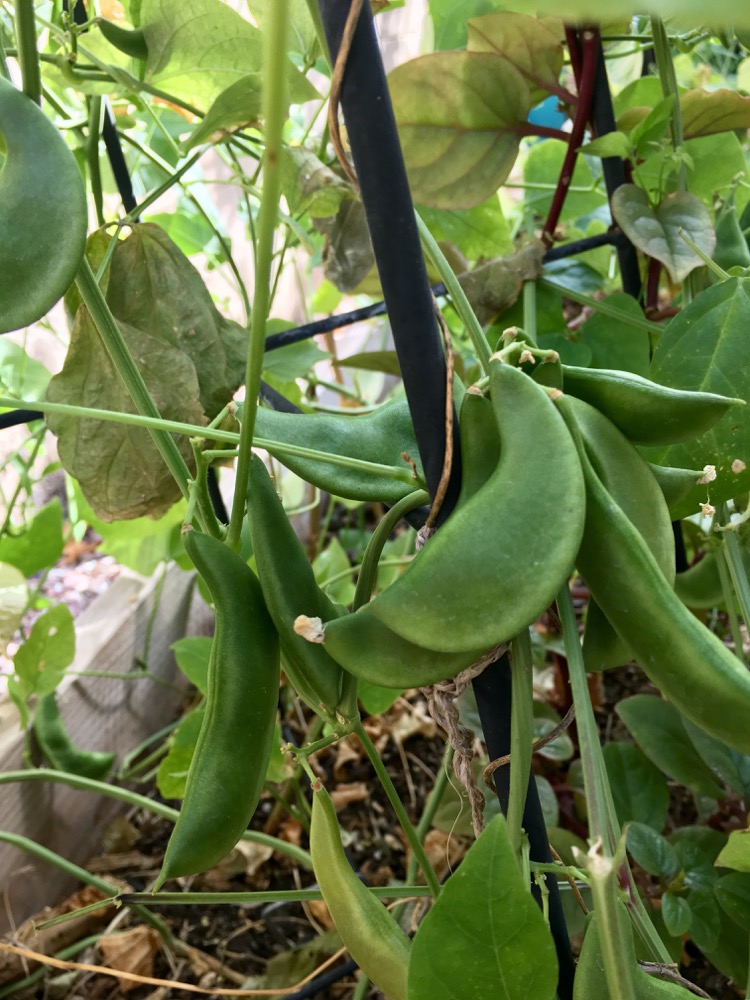
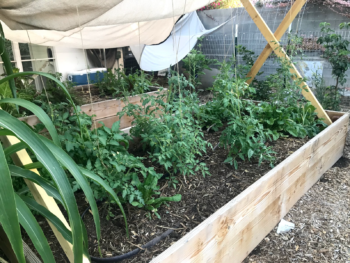
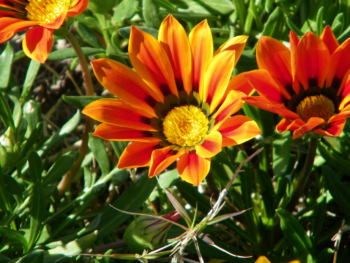

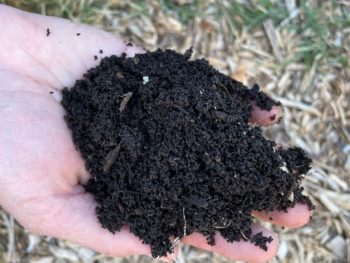
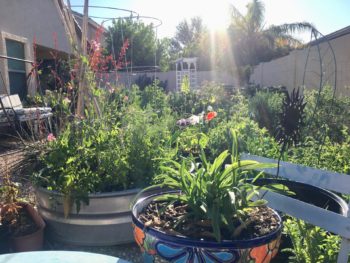

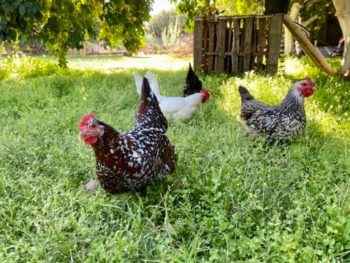
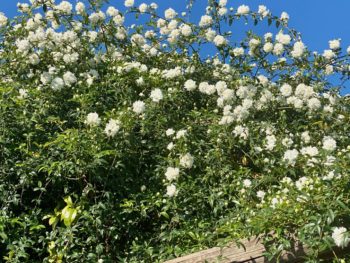
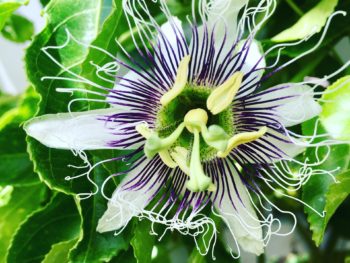
 Crispy Stir-Fried Okra
Crispy Stir-Fried Okra